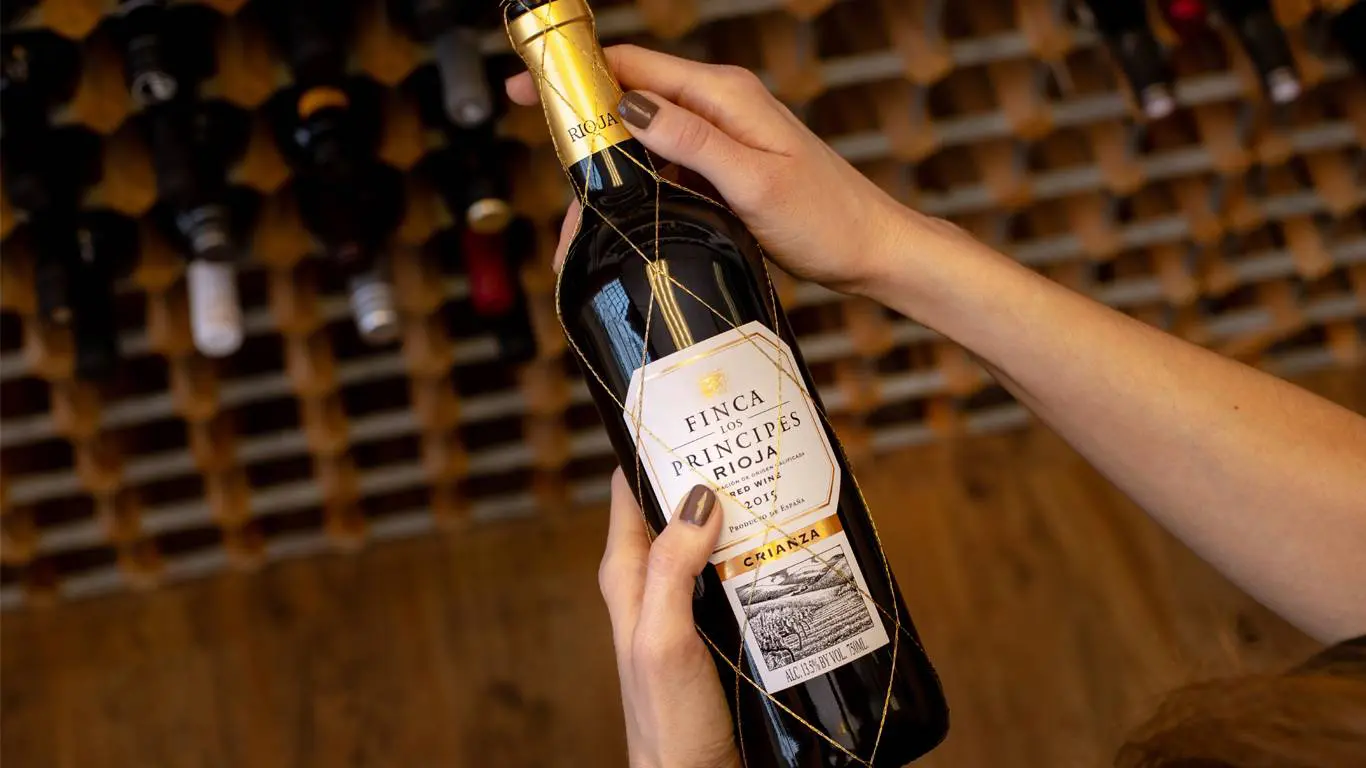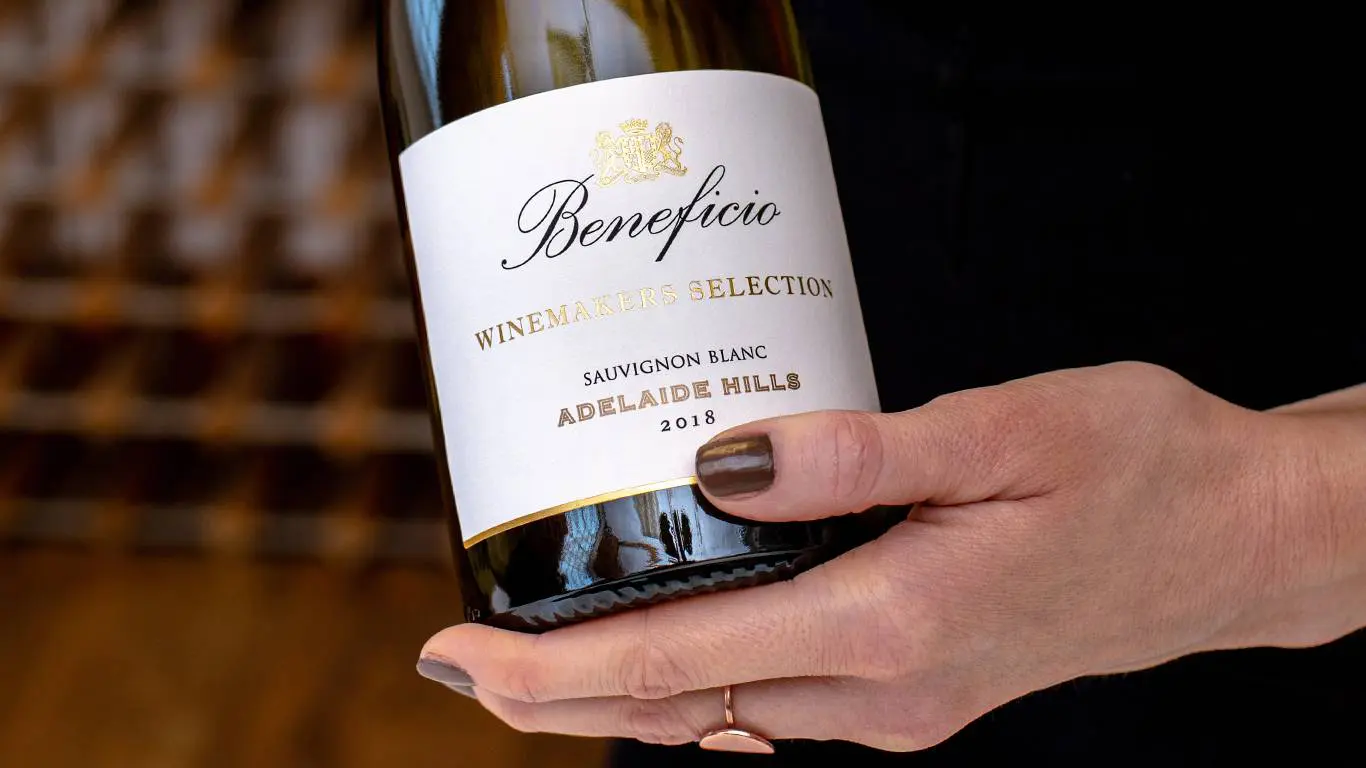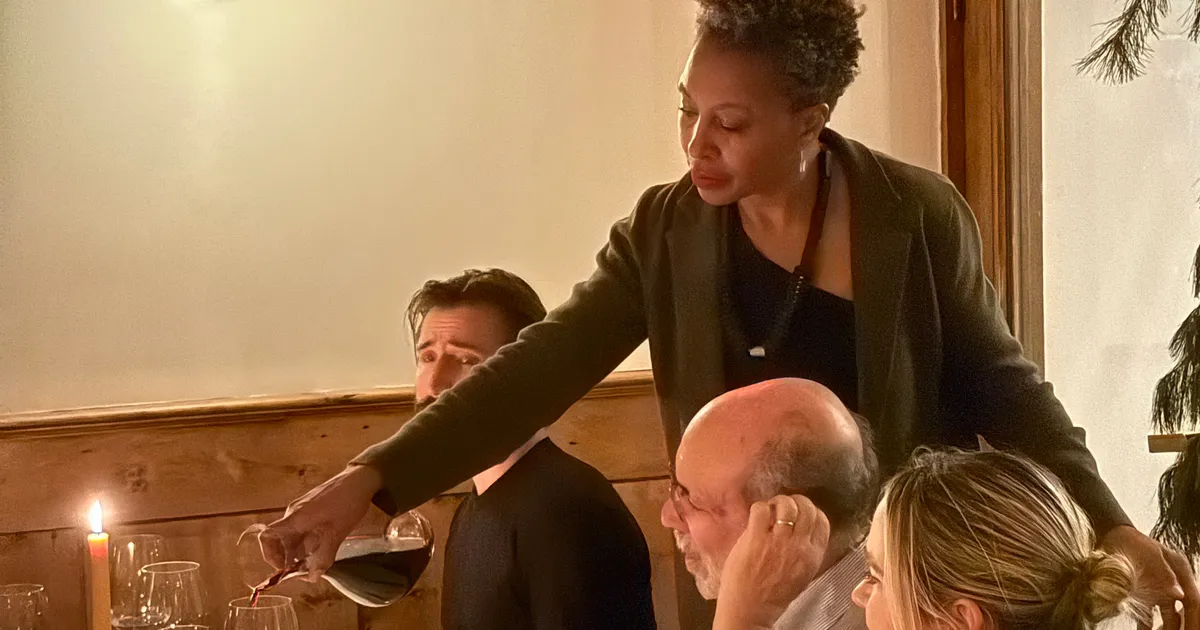Standing in the wine aisle, surrounded by countless bottles with elaborate labels, can feel overwhelming. Each wine label tells a unique story about what’s inside the bottle, but deciphering this information requires knowing what to look for. Wine labels serve as your introduction to a new bottle, much like a book cover or movie poster, combining essential facts with clever marketing to inform and entice potential buyers.
Understanding how to read wine labels transforms you from a hesitant browser into a confident wine selector, capable of making informed decisions based on quality indicators rather than attractive packaging alone. Whether you’re exploring Old World wines with their complex regional designations or New World bottles with straightforward varietal labeling, mastering label interpretation opens up a world of wine discovery and ensures you’ll never feel lost in the wine section again.
Essential Elements Every Wine Label Contains
Producer and Brand Name
The producer or winery name typically appears prominently on the label and serves as an indicator of quality if you’re familiar with their reputation. This tells you who made the wine and can be your first clue about what to expect. Some labels include distinctive logos or emblems unique to the brand, helping you identify their products in the future.
Grape Variety and Wine Type
The grape variety reveals what kind of wine you’re purchasing – Cabernet Sauvignon, Chardonnay, Pinot Noir, and others. Single-varietal wines contain at least 75% of the named grape, while blends combine multiple varieties and may have creative names like “Red Blend.” In European regions, wines are often named after their location rather than grape variety, requiring regional knowledge to understand the contents.
Region and Appellation
The region or appellation identifies where the grapes were grown and is legally protected information. This geographical designation serves as an ironclad guarantee that the wine truly originates from the claimed location. More specific locations typically indicate higher quality and command premium prices – a Grand Cru wine from Le Montrachet will cost significantly more than generic regional blends.
Decoding Vintage and Quality Indicators

Understanding Vintage Years
The vintage represents the year grapes were harvested, reflecting that growing season’s weather conditions, which greatly influence the wine’s character. Older vintages often indicate better quality, though this varies by region and producer. Non-vintage wines blend multiple harvests for consistency, commonly seen in Champagnes.
Classification Terms and Quality Markers
Look for terms like “Reserve,” “Reserva,” or “Riserva,” which often signal higher-quality wines with extended aging. “Grand Cru” or “Premier Cru” indicate the highest classifications in regions like Burgundy or Bordeaux. “Estate Bottled” means the winery grew, harvested, and bottled the grapes on-site, typically indicating better quality control.
Old World vs. New World Labeling Styles
Old World Complexity
European wines emphasize regional credentials and appellation systems, with the region name typically displayed most prominently. These labels trust consumers to know which grapes are permitted in each appellation, often omitting varietal information entirely.
New World Simplicity
Wines from countries like Australia, the United States, and South America highlight brand names and grape varieties prominently. These labels provide straightforward information, making selection easier for consumers unfamiliar with regional grape regulations.
Additional Label Information to Consider
Alcohol Content and Technical Details
The alcohol by volume percentage, typically 11-15%, appears on most labels. Higher alcohol content usually indicates richer, fuller wines, while lower percentages suggest lighter, crisper styles. This information helps predict the wine’s body and intensity.
Special Designations
Terms like “Vieilles Vignes” (old vines) or “biologique” (organic) provide additional quality indicators. However, beware of grandiose but legally meaningless phrases like “Grand Vin de Bordeaux,” which any Bordeaux producer can use regardless of quality.


